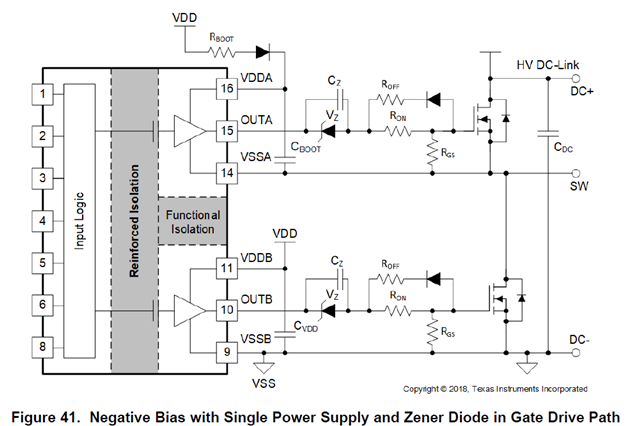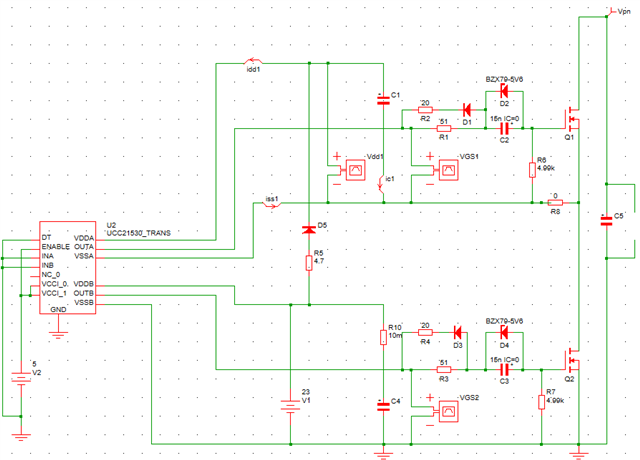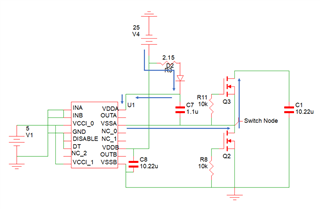Hi Team,
My customer mentioned that he supply the 25V in VDD ,and the HV DC-Link did not have high voltage to start.
But they can see the HV DC-Link have around 22V to 23V voltage.
And he just want to know Why have this voltage in there ? Is our IC have any internal circuit or logic part to let it doing ?
If possible , they wonder to get the detail revision block diagram to explain this issue what thing let it happen ?
Eddie



